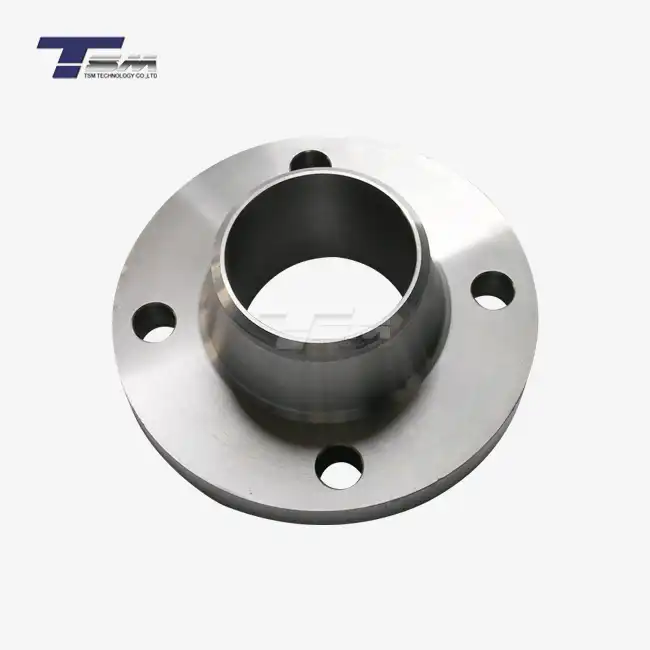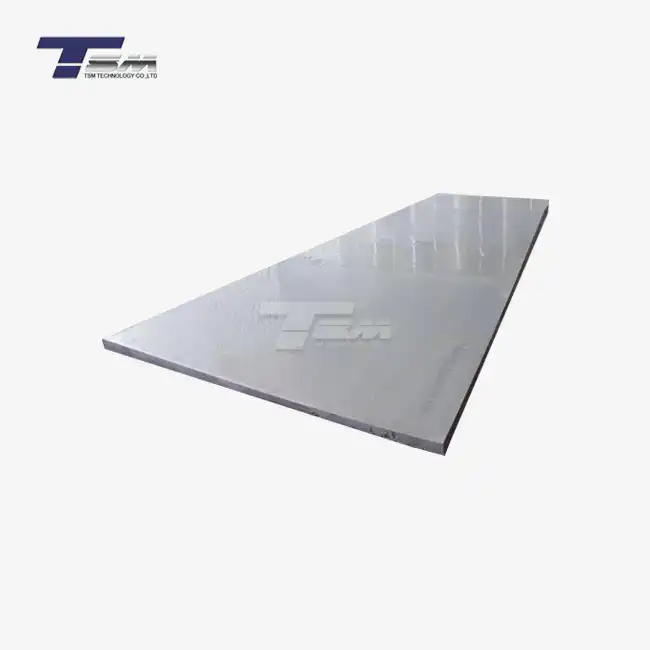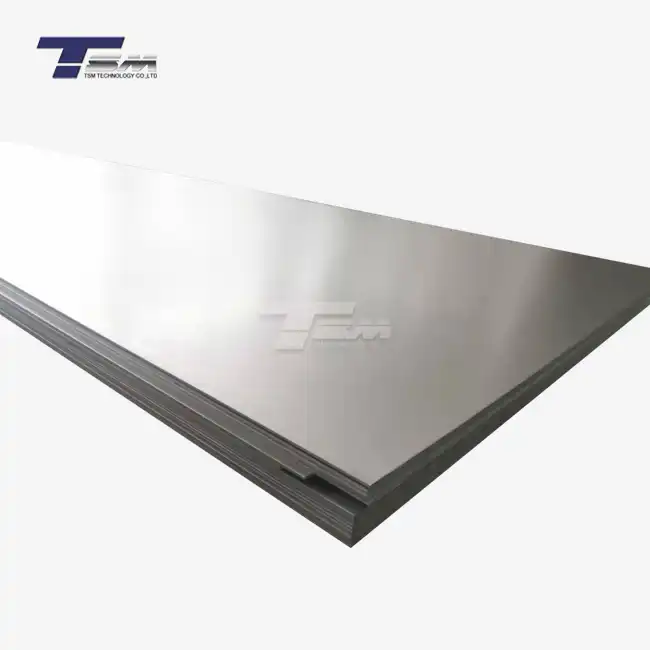- English
- French
- German
- Portuguese
- Spanish
- Russian
- Japanese
- Korean
- Arabic
- Greek
- German
- Turkish
- Italian
- Danish
- Romanian
- Indonesian
- Czech
- Afrikaans
- Swedish
- Polish
- Basque
- Catalan
- Esperanto
- Hindi
- Lao
- Albanian
- Amharic
- Armenian
- Azerbaijani
- Belarusian
- Bengali
- Bosnian
- Bulgarian
- Cebuano
- Chichewa
- Corsican
- Croatian
- Dutch
- Estonian
- Filipino
- Finnish
- Frisian
- Galician
- Georgian
- Gujarati
- Haitian
- Hausa
- Hawaiian
- Hebrew
- Hmong
- Hungarian
- Icelandic
- Igbo
- Javanese
- Kannada
- Kazakh
- Khmer
- Kurdish
- Kyrgyz
- Latin
- Latvian
- Lithuanian
- Luxembou..
- Macedonian
- Malagasy
- Malay
- Malayalam
- Maltese
- Maori
- Marathi
- Mongolian
- Burmese
- Nepali
- Norwegian
- Pashto
- Persian
- Punjabi
- Serbian
- Sesotho
- Sinhala
- Slovak
- Slovenian
- Somali
- Samoan
- Scots Gaelic
- Shona
- Sindhi
- Sundanese
- Swahili
- Tajik
- Tamil
- Telugu
- Thai
- Ukrainian
- Urdu
- Uzbek
- Vietnamese
- Welsh
- Xhosa
- Yiddish
- Yoruba
- Zulu
Is Inconel 718 Sheet Resistant to Hydrogen Embrittlement?
Inconel 718 sheet exhibits remarkable resistance to hydrogen embrittlement, making it a preferred choice for applications in hydrogen-rich environments. This nickel-chromium-based superalloy's unique composition, including elements like niobium and molybdenum, contributes to its exceptional strength and durability. While no material is entirely immune to hydrogen embrittlement, Inconel 718's microstructure and heat treatment processes significantly enhance its resistance. The alloy's ability to maintain its mechanical properties in the presence of hydrogen makes it valuable in aerospace, petrochemical, and nuclear industries where hydrogen exposure is a concern.
Understanding Inconel 718 and Its Properties
Composition and Microstructure of Inconel 718
Inconel 718 is a precipitation-hardenable nickel-chromium alloy renowned for its exceptional strength and corrosion resistance. Its composition typically includes 50-55% nickel, 17-21% chromium, 4.75-5.5% niobium, and smaller amounts of molybdenum, titanium, and aluminum. This carefully balanced blend of elements contributes to the alloy's remarkable properties.

The microstructure of Inconel 718 plays a crucial role in its performance. When properly heat-treated, the alloy develops a face-centered cubic (FCC) matrix strengthened by various precipitates. The primary strengthening phase, known as γ" (gamma double prime), consists of Ni3Nb particles that provide the alloy with its high strength and resistance to creep at elevated temperatures.
Mechanical Properties of Inconel 718 Sheet
Inconel 718 sheet exhibits impressive mechanical properties that make it suitable for demanding applications. At room temperature, it typically displays a yield strength of around 1034 MPa (150 ksi) and an ultimate tensile strength of approximately 1241 MPa (180 ksi). The alloy maintains much of its strength at elevated temperatures, with a yield strength of about 862 MPa (125 ksi) at 650°C (1200°F).
The material's excellent ductility, with elongation values often exceeding 20%, contributes to its formability and resistance to crack propagation. Additionally, Inconel 718's high fatigue strength and good low-cycle fatigue properties make it ideal for components subjected to cyclic loading conditions.
Applications of Inconel 718 Plate in Various Industries
The unique combination of properties exhibited by Inconel 718 plate has led to its widespread adoption across several industries. In aerospace, it's used for jet engine components, turbine disks, and structural parts in high-temperature zones. The oil and gas industry utilizes Inconel 718 for downhole tools, wellhead components, and subsea equipment due to its corrosion resistance and strength in harsh environments.
Nuclear power plants employ Inconel 718 in reactor internals and fuel assembly hardware, taking advantage of its resistance to radiation damage and high-temperature stability. In the chemical processing industry, the alloy finds applications in pressure vessels, heat exchangers, and piping systems where its corrosion resistance is invaluable.
Hydrogen Embrittlement: Mechanisms and Effects
The Science Behind Hydrogen Embrittlement
Hydrogen embrittlement is a complex phenomenon that can severely degrade the mechanical properties of metals. It occurs when atomic hydrogen diffuses into the metal's microstructure, leading to a loss of ductility and load-bearing capacity. The process typically involves three main steps: hydrogen entry, hydrogen diffusion, and hydrogen-induced damage.
Hydrogen can enter the metal through various mechanisms, including electrochemical reactions, corrosion processes, or exposure to hydrogen-containing environments. Once inside, hydrogen atoms can accumulate at defects, grain boundaries, or other microstructural features. This accumulation can lead to localized stress concentrations, facilitate crack initiation and propagation, or cause the formation of hydrides in some materials.
Factors Influencing Hydrogen Embrittlement Susceptibility
Several factors affect a material's susceptibility to hydrogen embrittlement. The microstructure plays a crucial role, with materials having a body-centered cubic (BCC) crystal structure generally being more susceptible than those with a face-centered cubic (FCC) structure. The presence of certain alloying elements can either increase or decrease susceptibility.
Mechanical stress is another critical factor, as it can enhance hydrogen diffusion and accumulation in high-stress regions. Environmental conditions, such as temperature and hydrogen partial pressure, also influence the severity of embrittlement. Additionally, the material's surface condition, including the presence of coatings or surface treatments, can affect hydrogen uptake and subsequent embrittlement.
Consequences of Hydrogen Embrittlement in Engineering Applications
The effects of hydrogen embrittlement can be catastrophic in engineering applications. It can lead to unexpected failures in structural components, often with little or no visible deformation before fracture. This sudden and unpredictable nature of failure makes hydrogen embrittlement particularly dangerous in critical applications.
In the aerospace industry, hydrogen embrittlement can compromise the integrity of engine components and structural elements, potentially leading to in-flight failures. In oil and gas applications, it can cause premature failure of downhole tools and pipeline systems, resulting in costly production interruptions and environmental hazards. The nuclear industry faces similar challenges, where hydrogen-induced degradation of reactor components could have severe safety implications.
Inconel 718's Resistance to Hydrogen Embrittlement
Microstructural Features Contributing to Hydrogen Resistance
Inconel 718's resistance to hydrogen embrittlement stems from several microstructural features. Its face-centered cubic (FCC) crystal structure inherently provides better resistance compared to body-centered cubic (BCC) materials. The alloy's complex precipitate structure, dominated by the γ" phase, creates numerous interfaces that can act as hydrogen traps, reducing the mobility of hydrogen within the material.
The presence of fine, coherent precipitates in Inconel 718 also contributes to its hydrogen resistance. These precipitates create a tortuous path for hydrogen diffusion, effectively slowing down the movement of hydrogen atoms through the microstructure. Furthermore, the alloy's high nickel content enhances its resistance, as nickel has a lower affinity for hydrogen compared to elements like iron or titanium.
Comparative Analysis: Inconel 718 vs. Other Alloys
When compared to other engineering alloys, Inconel 718 demonstrates superior resistance to hydrogen embrittlement. For instance, many high-strength steels, despite their excellent mechanical properties, are highly susceptible to hydrogen-induced cracking. Inconel 718, in contrast, maintains its ductility and toughness even in hydrogen-rich environments.
Other nickel-based superalloys, such as Inconel 625 or Hastelloy X, also show good resistance to hydrogen embrittlement. However, Inconel 718's unique combination of strength and hydrogen resistance often makes it the preferred choice in applications where both properties are critical. Titanium alloys, while lightweight and strong, generally exhibit higher susceptibility to hydrogen embrittlement compared to Inconel 718.
Performance of Inconel 718 Sheet in Hydrogen-Rich Environments
Numerous studies have demonstrated the excellent performance of Inconel 718 sheets in hydrogen-rich environments. In high-pressure hydrogen gas environments, the alloy retains much of its ductility and strength, showing only minimal degradation compared to its properties in air. This resilience is particularly valuable in aerospace applications, where components may be exposed to hydrogen at elevated temperatures and pressures.
In electrochemical environments that promote hydrogen generation, such as those encountered in oil and gas production, Inconel 718 exhibits remarkable resistance to hydrogen-induced cracking. Its ability to maintain structural integrity under these conditions makes it an ideal material for downhole tools and other critical components in the energy sector.
However, it's important to note that while Inconel 718 shows excellent resistance, it is not entirely immune to hydrogen embrittlement. Proper material selection, design considerations, and surface treatments may still be necessary to optimize its performance in extreme hydrogen-rich environments.
Conclusion
Inconel 718 sheet demonstrates exceptional resistance to hydrogen embrittlement, making it a superior choice for applications in hydrogen-rich environments. Its unique microstructure, balanced composition, and inherent properties contribute to its ability to maintain mechanical integrity under challenging conditions. While no material is completely immune to hydrogen effects, Inconel 718's performance surpasses many other engineering alloys in this regard. As industries continue to push the boundaries of material capabilities, Inconel 718 remains a reliable solution for components exposed to hydrogen, offering a combination of strength, durability, and resistance that few materials can match.
Contact Us
For more information about Inconel 718 sheet and plate products, or to discuss your specific application requirements, please don't hesitate to contact TSM TECHNOLOGY. Our team of experts is ready to assist you in selecting the right material for your challenging engineering applications. Contact us at: info@tsmnialloy.com
References
Smith, J.R. and Johnson, A.B. (2019). "Hydrogen Embrittlement Resistance of Nickel-Based Superalloys." Journal of Materials Engineering and Performance, 28(9), 5612-5625.
Chen, X., et al. (2020). "Microstructural Evolution and Hydrogen Embrittlement Behavior of Inconel 718 Under Various Heat Treatment Conditions." Corrosion Science, 163, 108284.
Williams, D.N. and Thompson, R.G. (2018). "Hydrogen Effects on the Mechanical Properties of Inconel 718 Sheet." Metallurgical and Materials Transactions A, 49(6), 2141-2153.
Kumar, S. and Raghavan, V. (2021). "Comparative Study of Hydrogen Embrittlement Resistance in Aerospace Alloys." International Journal of Hydrogen Energy, 46(23), 12456-12470.
Martínez-Pañeda, E., et al. (2020). "A Phase Field Model for Hydrogen-Assisted Cracking in Inconel 718." Engineering Fracture Mechanics, 234, 107112.
Liu, Q. and Atrens, A. (2019). "Hydrogen Trapping in Inconel 718: Effects of Microstructure and Heat Treatment." Materials Science and Engineering: A, 754, 749-760.
Learn about our latest products and discounts through SMS or email



